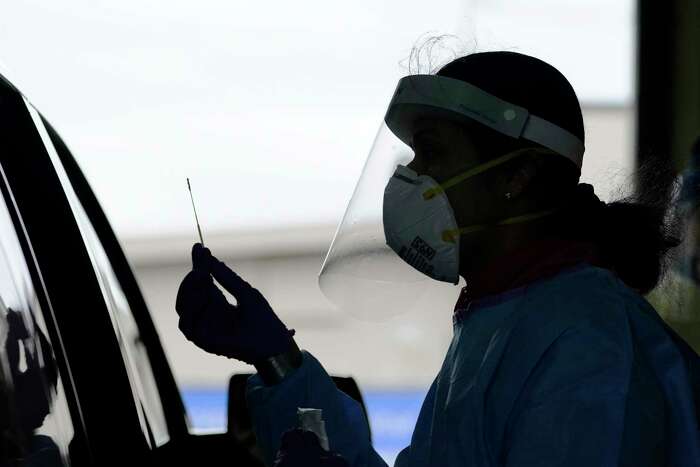For people who never got COVID, what are the odds they never will? Here’s what experts say
Crowd of people
Caroline Purser/Getty ImagesAs pandemic restrictions ease, some of the estimated 57% of Americans who have not yet contracted the virus may be wondering: If I start to live more like normal — going mask-free at restaurants, shopping and even parties — what are the odds that I will never get COVID-19?
The Centers for Disease Control and Prevention recently estimated that around 43% of people in the U.S., or about 140 million people, have been infected with the coronavirus, which leaves almost 60% never having had it. The estimate counts each person once, so some of the more than 140 million Americans estimated to have had COVID may have been infected more than once.
While during the omicron surge experts and public health officials cautioned that the highly contagious variant would infect many people, they don’t think ending up with the virus is inevitable, at least in the near future. But, they say, it’s going to require a fine balance as we transition into the endemic stage of COVID-19.
“From my perspective, no, it’s not inevitable” over the next year or two, said UCSF Chair of Medicine Dr. Bob Wachter, who also hasn’t gotten COVID yet. He said when case rates are low, as they are now in the Bay Area, the roughly 60% of the population that has not had COVID is unlikely to get it, “since they won’t be exposed very much.”
Those who are vaccinated and boosted, he added, “will remain relatively protected even if they do get exposed.”
Dr. Peter Chin-Hong, an infectious disease specialist at UCSF, agreed, adding that as long as we’re in the transition period into the endemic stage of the virus, there’s no clear answer for whether you’ll inevitably get COVID in the long run — but it doesn’t have to be now.
“Are we all going to get it? Yes, biologically, that might happen,” he said. “Are we at a time to embrace that philosophy? No, because the virus is still causing a lot of suffering. Almost 2,000 deaths per day is no walk in the park.”
But Chin-Hong and other experts agree that — with some vigilance — it’s still possible to avoid the virus while enjoying life.
Chin-Hong said for him, that means still “engaging with life, still eating indoors and all that stuff,” but still having his “spider sense” up for risky situations. For example, if case counts are high like they were in January, “I’m not going to jump up and down in a crowded room,” he said.
“It’s a fine balance between anxiety and wanting to go back to what you lost in the last few years, and that balance is tough,” he added.
Dr. Abraar Karan, an infectious disease expert at Stanford, also said that easing restrictions doesn’t have to — and shouldn’t — mean inevitable infection.
“Fundamentally, I still think there are things we can get safer,” he said, adding the government has an obligation to help people move more toward a normal-seeming life while staying safe by doing things like improving ventilation in buildings, especially places like schools, and to make testing and N95 masks widely available for those who need them.
He noted that for people who are risk averse, immunocompromised or otherwise trying to avoid infection altogether, a high-quality N95 mask allows you to do things like go to the gym or shop and be relatively well protected.
Experts also said there are benefits to avoiding infection for now, even if it’s possible you contract the coronavirus later: The longer the pandemic goes on, the more we understand about the virus, they said, which means that treatments are likely to be better and more accessible.
“Delaying infections is actually an undervalued or underappreciated point,” Karan said. “Who knows what we’ll have six months or a year from now, right? We’ll have even more things that we can offer patients.”
While there are no guarantees in a pandemic, experts said, the most important thing is for people to start finding ways to return to life while staying flexible as the virus continues to fluctuate.
“Even for the highest risk population, there’s a balance,” Chin-Hong said. “It’s about engaging with life and not being lonely, but also being responsible at all levels.”
Danielle Echeverria is a San Francisco Chronicle staff writer. Email: danielle.echeverria@sfchronicle.com Twitter: @DanielleEchev



Comments